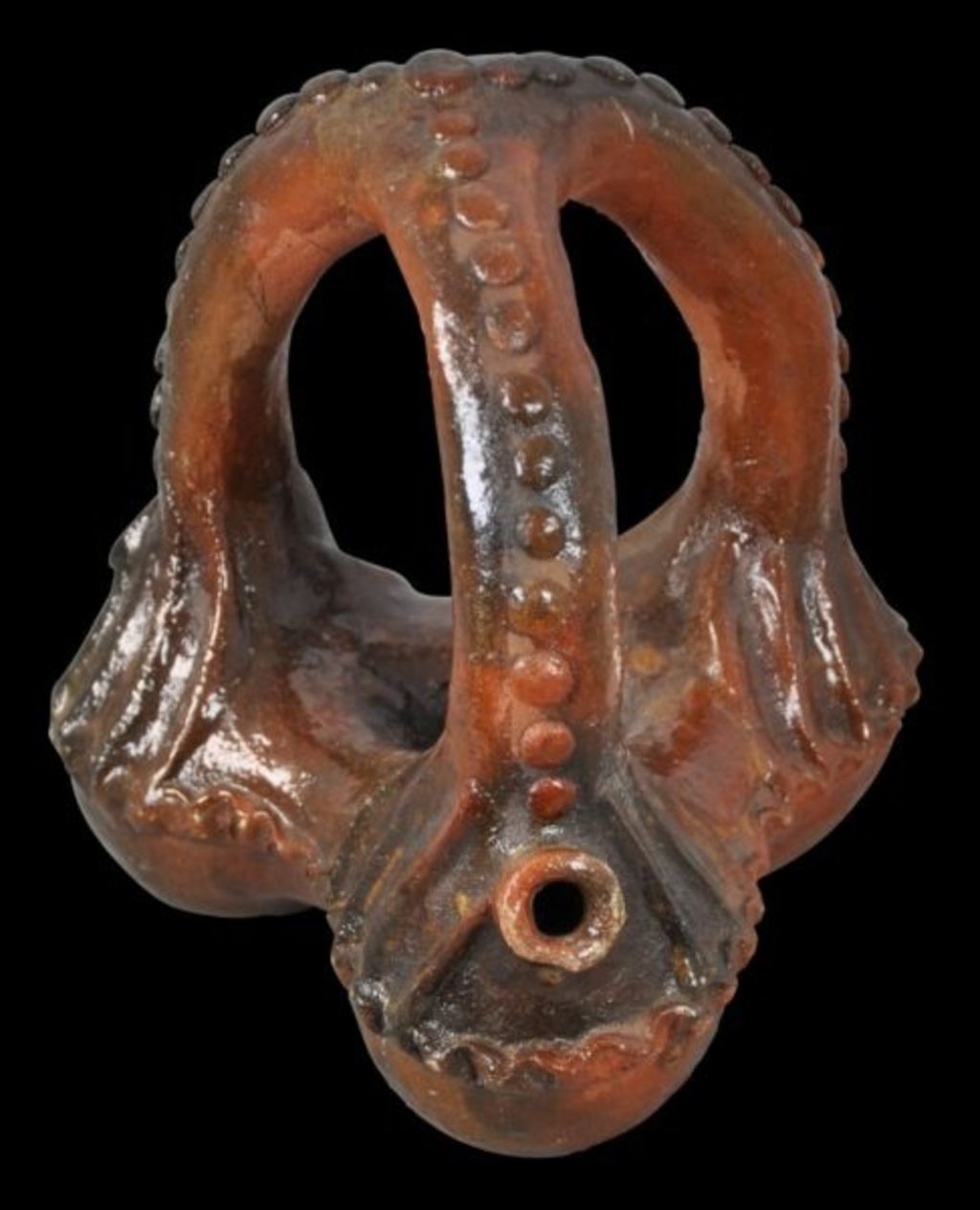The fishing village of Nasilai sits on the banks of one of the great Rewa River’s bustling tributaries.
Here, artisanal women belonging to the Vulagi tribe have been endowed with the knowledge of ancient Fijian pottery passed down orally for generations.
It is no surprising then that the women of Vulagi have been the artistic force behind the manufacture and trade of native Fijian water and cooking pots, long before the arrival of the first European.
These glazed clay artefacts remain an integral part of Nasilai’s rich history today, as much as it had been in times long gone.
Among Nasilai’s celebrated ceramic potters was a woman named Taraivini Wati Godrovai Rokotuiwai.
In clay craft Wati was superbly brilliant, as much as she was as an intriguing storyteller.
While her tales spanned generations, her dextrous hands and fingers shaped many earthen vessels that have travelled the world and graced both homes and gallery display glasses.
But perhaps her most famous gift to Fiji was “recreating” the saqamoli to influence the design on the reverse side of our one dollar coin.
Wati designed the saqamoli using her knowledge and skills of the Vulagi tribe’s unique pottery pieces.
In the olden days, saqamoli, which take up the shape of three conjoined globules, was a special drinking water jar designed by the women potters of Nasilai for the Roko Tui Dreketi, the paramount chief of Rewa.
To call the late Wati (the name many knew her by) “gifted” would be a gross understatement. To brand her as “diligent” would be too plain either. Simply put, she was an amazing artist.
Doctor Paul Geraghty, the Adjunct Associate Professor in Linguistics at the University of the South Pacific noted in his essay – “The Stone and The Paddle” that Wati was destined to be a great potter right from birth.
Dr Geraghty wrote that on the day she was born, “a rounded stone was placed in one of her tiny hands and a wooden paddle in the other”.
The stone and the paddle, called itata, were tools of the trade.
Their placement in baby Wati’s petite hands were to signify that she would inevitably “grow up to be a potter”.
Newborns in those days were given the same clay ritual of passing the tribe’s pottery knowledge and skills from one generation to the next.
“She did indeed become a potter – the most famous potter in all of Fiji,” Dr Geraghty noted.
Wati was a member of the yavusa Vulagi, a tribe of fishermen and sailors whose great ancestors led their people from Kiuva to Nasilai in Nakelo (Ucui Nasilai) then to their current place on the Rewa River banks.
It is believed the Vulagi tribe left their former home when its members fled from the deadly disease “matelila,” believed to have ravaged Fiji long before the measles epidemic of the 1870s.
The women were reputable potters. The men ruled the oceans with exceptional navigational skills and were also adept at fishing turtles.
While Wati’s women folks were engaged in modern clay artefacts and decorative pieces, she chose to remain a traditionalist – maintaining her cultural designs and resisting change.
She remained committed to the elaborately fashioned saqa (water vessels) and kuro (cooking pots) that were – and remain – the mainstay of her people.
In the early 1990s, Wati caught the eye of then Director of Fiji Museum, Kate Hindle Vusoniwailala.
“With her great fount of legends, along with her charming personality and consummate skills as a potter, she soon became a semi-permanent feature of the museum…,” Vusoniwailala was quoted as saying in Geraghty’s “The Stone and the Paddle”.
She gave live demonstrations a few sessions a week alongside Daiana Tuqea, another gifted potter from Nadroga.
Vusoniwailala described Wati as an “amazing storyteller”.
Each of the designs on the surface of her pot narrated the journey of her seafaring ancestors.
“These narratives were drawn from the myths and legends of Nasilai and Rewa. They were always told to visitors with great relish and sparkle in her eye,” Vusoniwailala said.
During the course of her work, the talented Wati befriended another potter from another culture, Pauline Walker, from the United States.
According to Geraghty, they first met at the Fiji Museum, where Wati plied her skills, and became instant friends. In no time they started calling each other karua, a word a female refers to her male cross cousin’s wife.
“She taught me how to make Fijian pots by hand, and when we found an electric wheel that I could use I showed her to throw a pot,” Geraghty quoted Pauline as saying.
“We dug clay from a riverbank and hauled dry bamboo for firing. She took me to Qelekuro Dawasamu in Tailevu, a village where she was teaching people how to use their excellent clay, and we danced half the night and drank more kava…”
Wati sadly passed away on June 25, 2004, almost 10 years after her saqamoli pots influenced the one dollar coin and 10 years before the Charles Darwin University held an exhibition to honour her. All her 40 pottery pieces were finally exhibited.
Today, the art of pottery making continues in Nasilai, taken up by many of Wati’s own students and close family members.
One of them is her own son, Apenisa Bainivalu, who with his wife, have created designs for many international art galleries and museums.
A few years ago, they sold 10 pots to a gallery in Queensland, Australia. The biggest of those pots fetched up to $1000.
“My wife and I both learned from mum. We are continuing our tradition and now we are also earning a small income to support our family,” Bainivalu said.
After Wati’s passing, Maraia Paulina, Wati’s younger sister became Nasilai’s chief potter. Without her late sister’s inspiration, she wouldn’t have remained in the art.
“To make this art sustainable and to withstand the challenges of the future, we need to teach the younger generation the knowledge and skills we have. Otherwise we would lose it to time and the changes it brings,” she told The Sunday Times in an earlier interview.
Similar to their counterparts from Nadroga, the women of Nasilai hold a special place in history.
They are not only traditional potters that have survived the influences of modernity.
Geraghty said they have also helped “introduce this traditional art into the consciousness of contemporary Fiji”.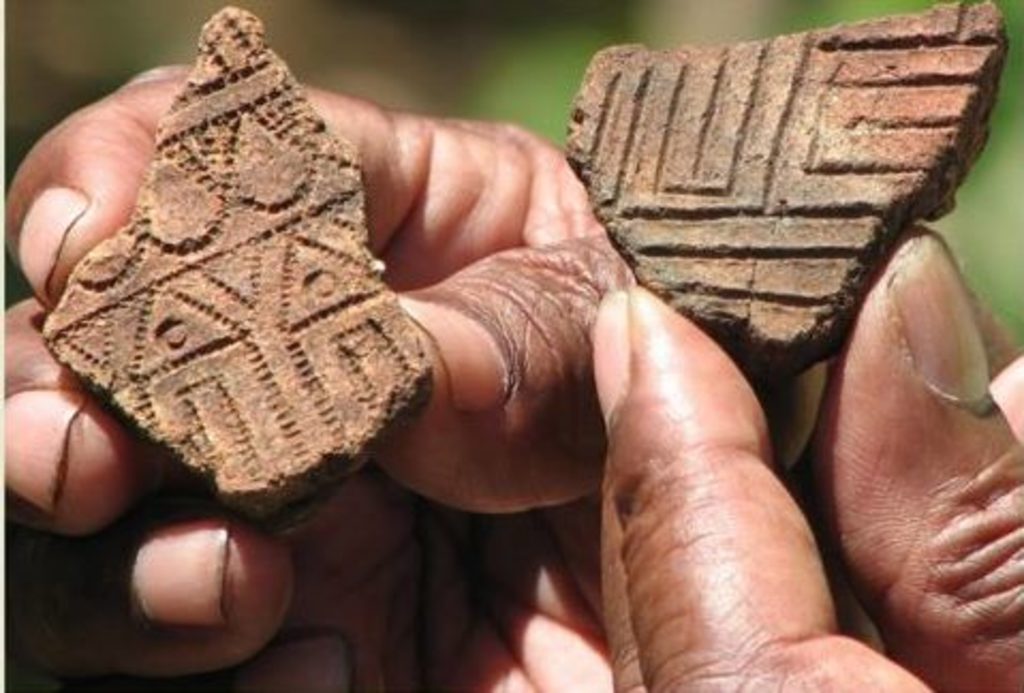
Lapita pottery designs. Picture: From Fiji Museum You Tube video
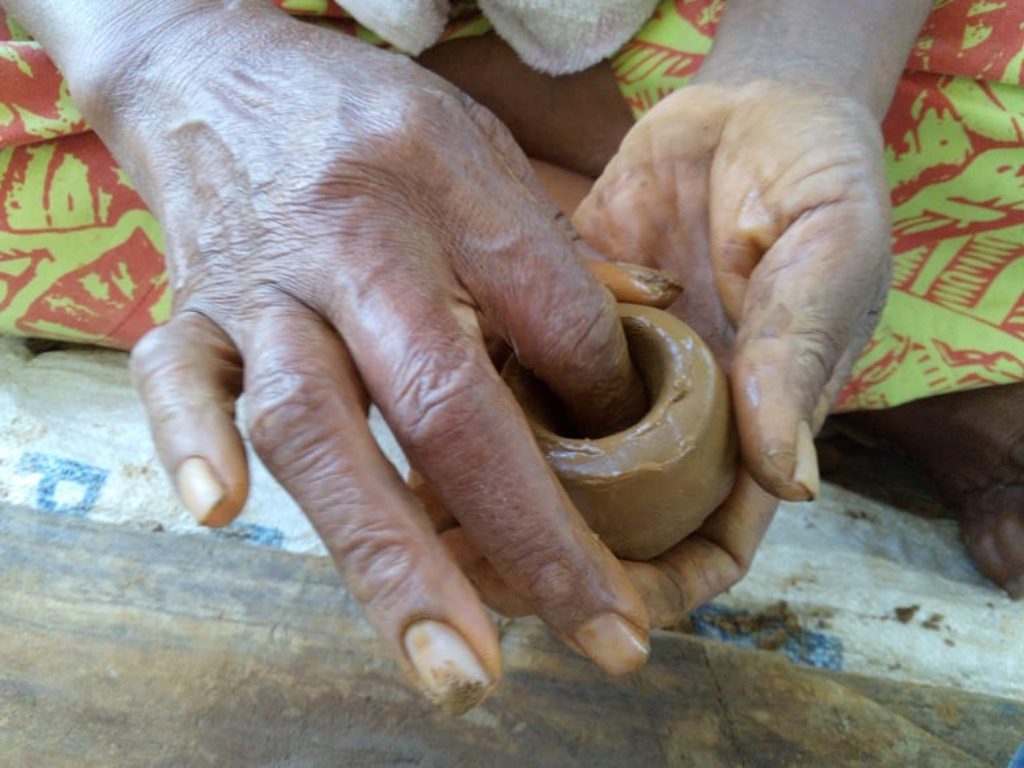
The spout of a clay water jar or saqa ni wai forms by swirling movements in the skilled hands of a potter. Picture: JOHN KAMEA
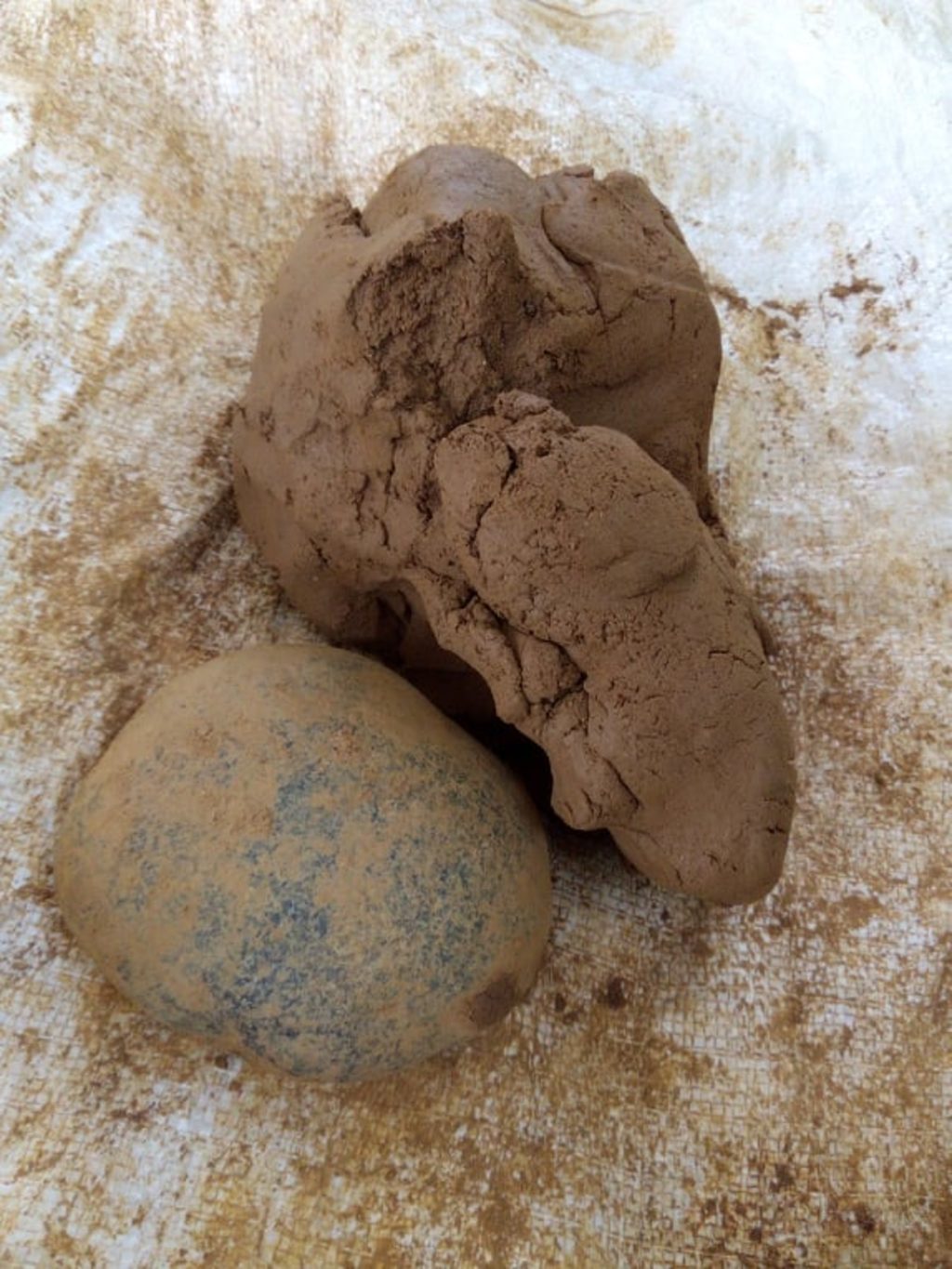
Mud sourced from Rewa River clay pits is ready to be brought to life using a rounded stone. Picture: JOHN KAMEA
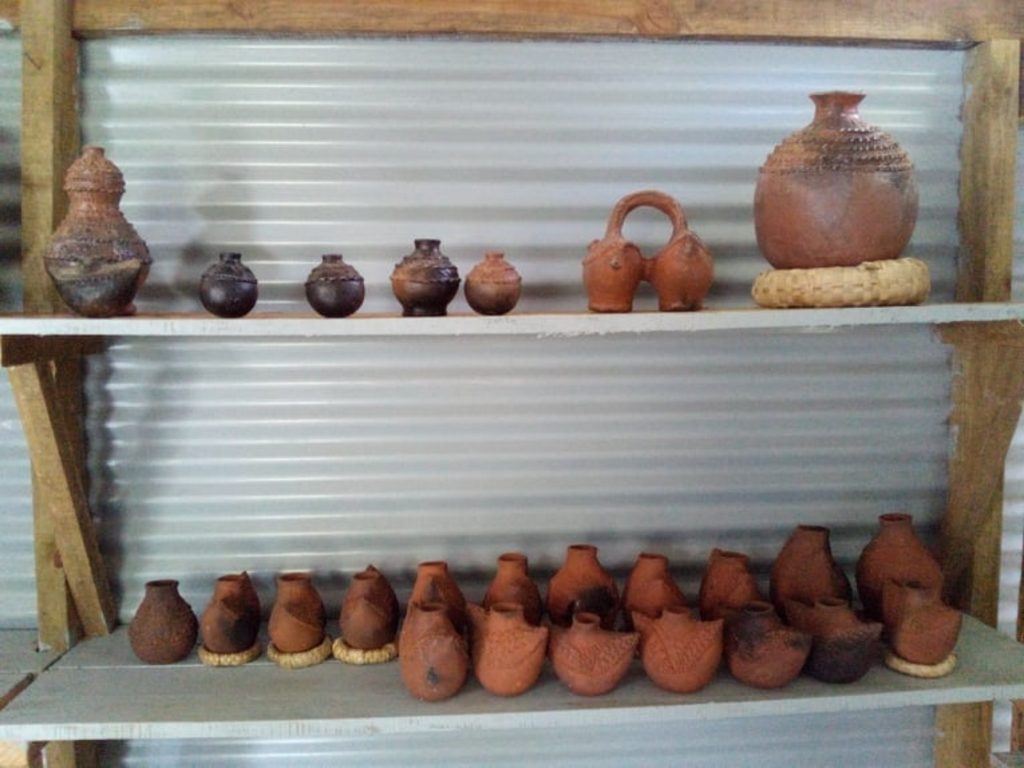
Pottery pieces displayed inside a firing and storage building for women potters of Nasilai Village, Rewa. Picture: JOHN KAMEA
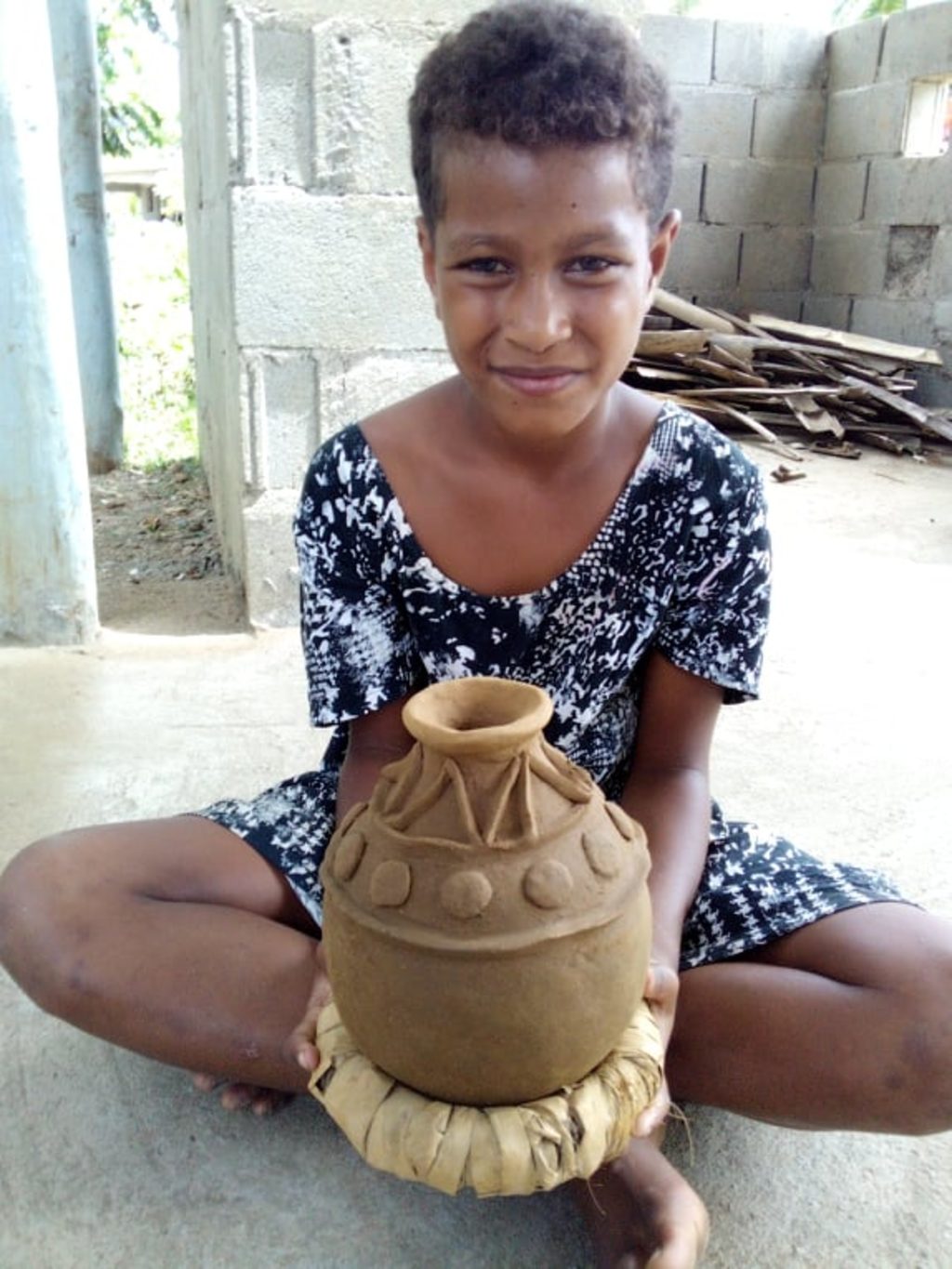
A young girl from Nasilai shows off a small clay pot she created with help from her grandmother. Picture: JOHN KAMEA
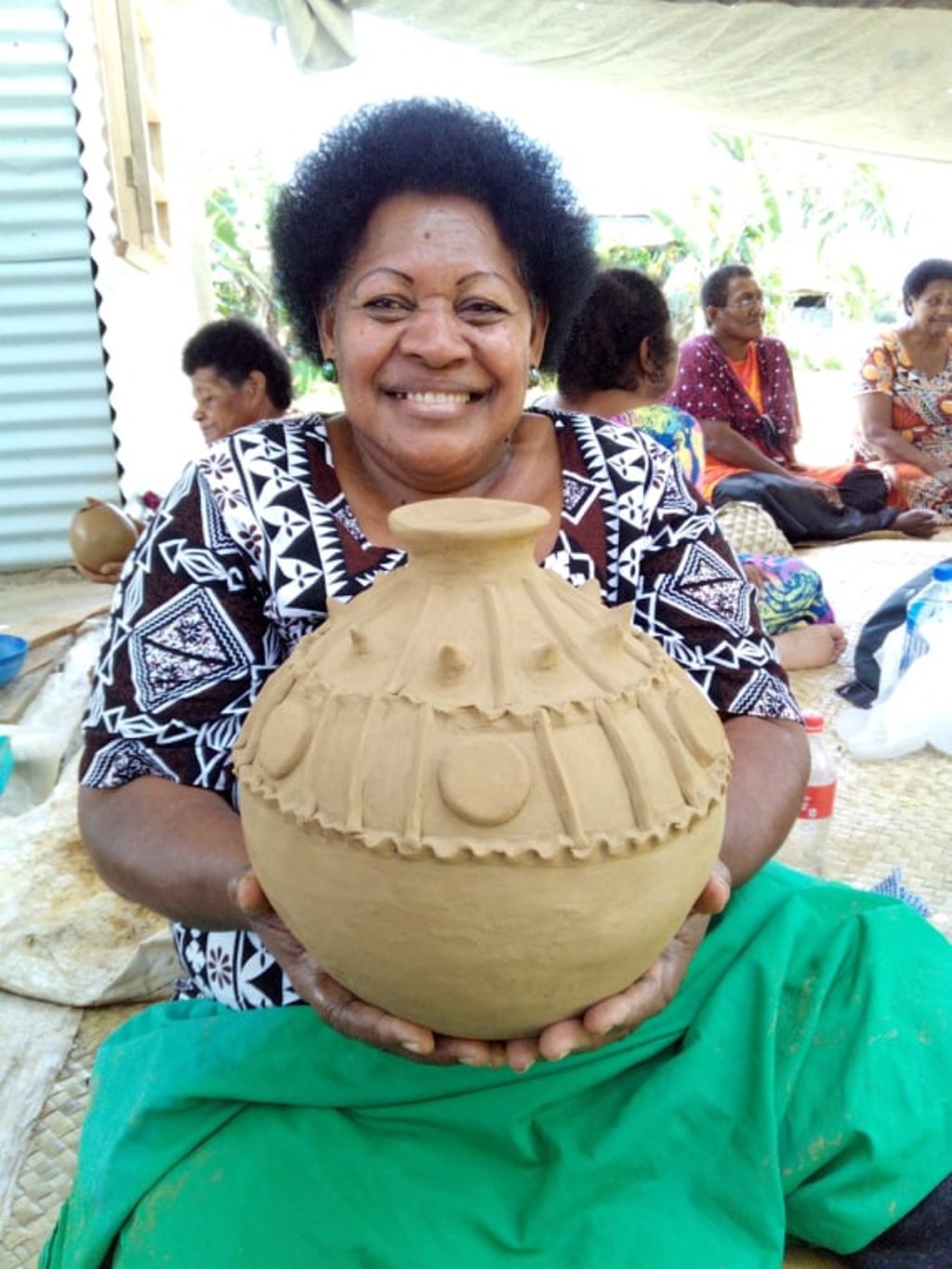
Maraia Paulina, the younger sister of the famous Nasilai potter, Taraivini Wati Godrovai Rokotuiwai, who inspired the design on the tail side of Fiji’s $1 coin – saqamoli. Picture: JOHN KAMEA
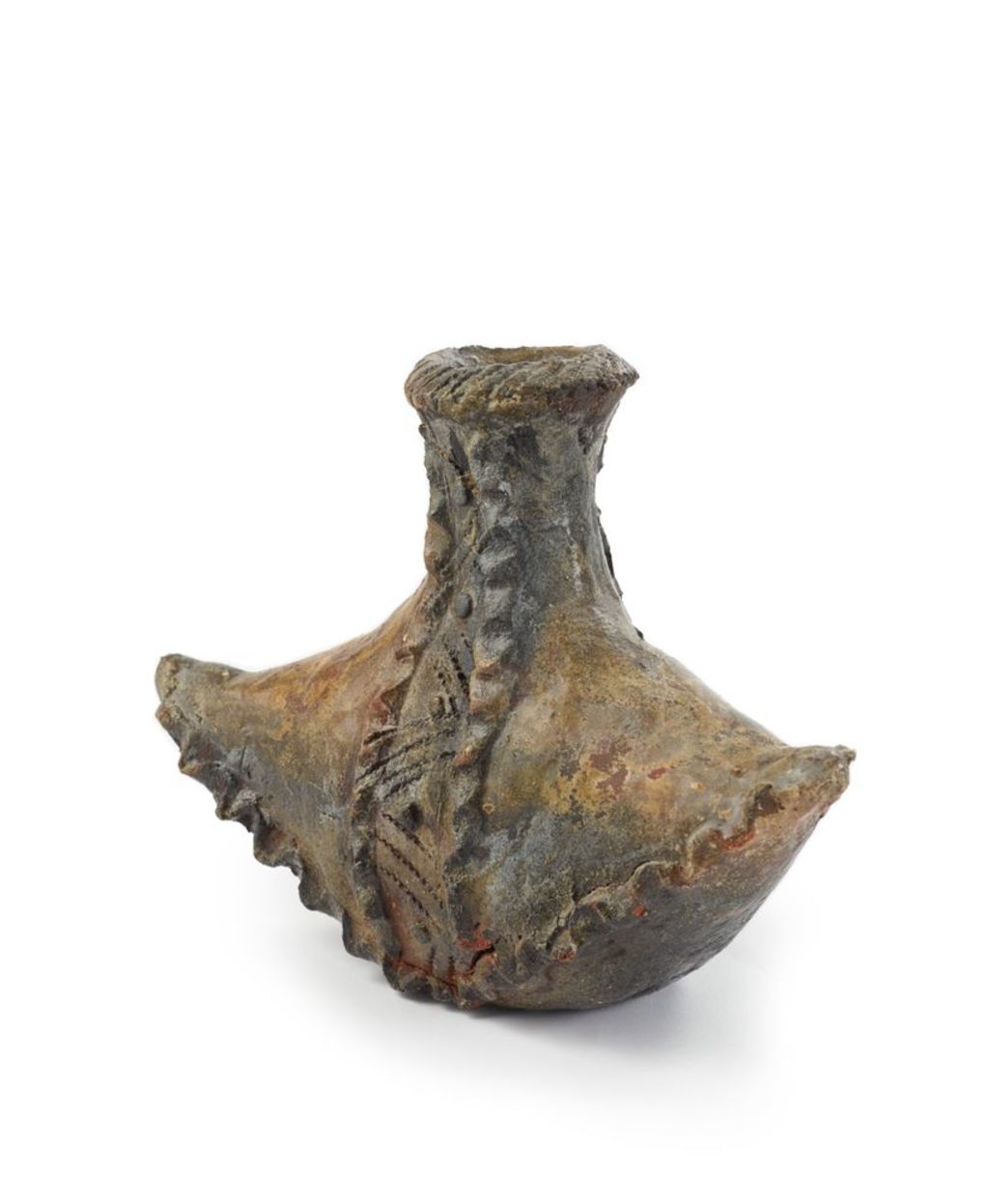
Mua-i-rua, an old clay water pot. Picture: collections.tepapa.govt
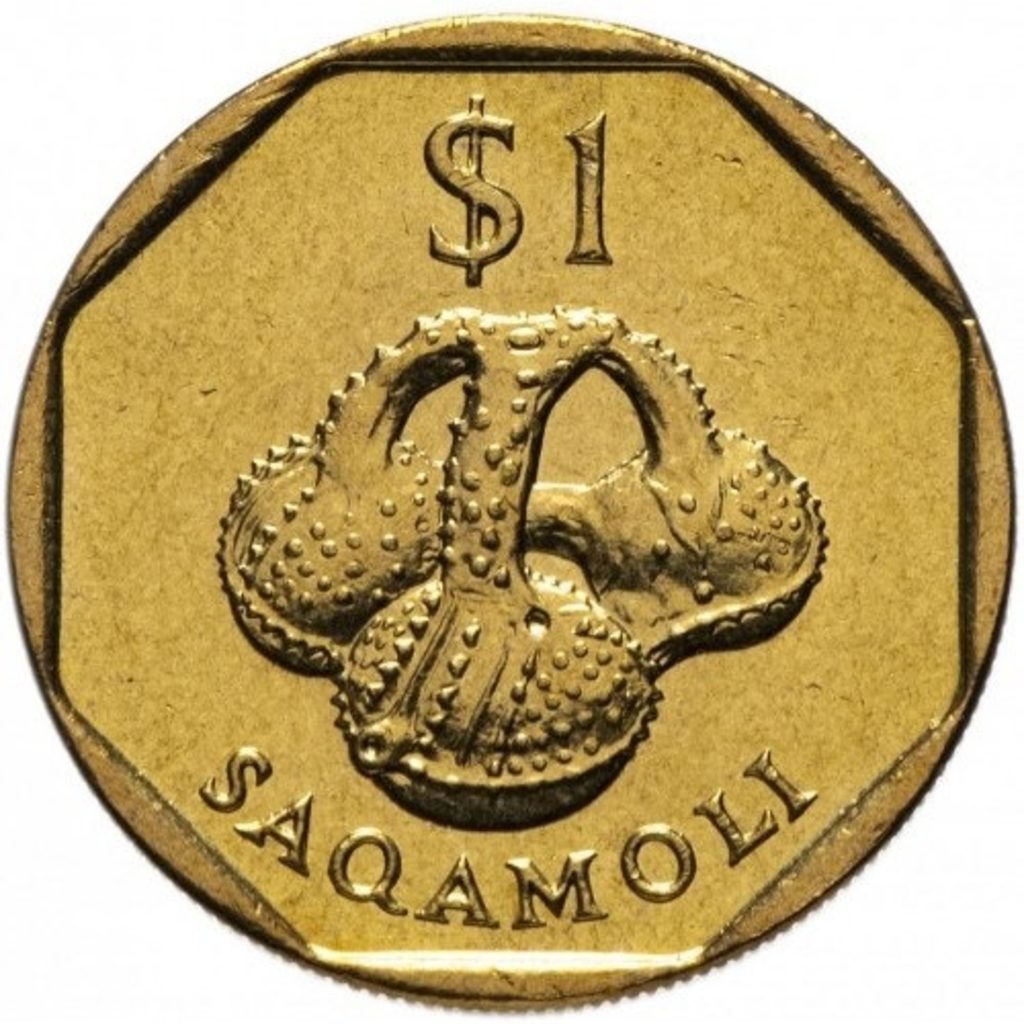
Saqamoli on the tale side of
Fiji’s $1 coin. Picture: en.ucoin.net

